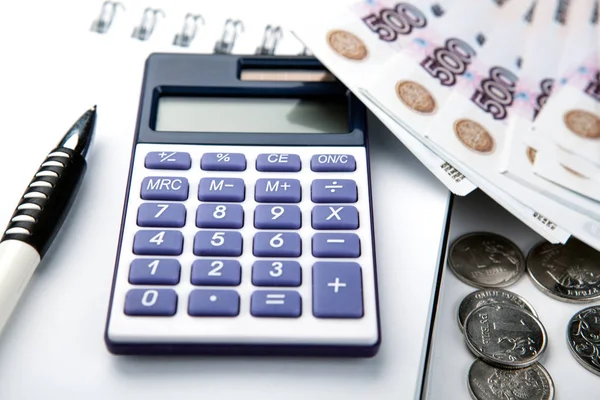
Trading calculators: how to calculate risks, profits and losses
Trading calculators are important tools for traders, allowing them to effectively manage risk and optimise trading decisions. They help to calculate position sizes, stop loss and take profit levels, as well as estimate potential profits and losses. In this article, we will look at several popular trading calculators and their use.
Position Calculator
The position calculator allows you to determine the optimal trade size, taking into account your risk management and capital size. The main parameters it takes into account are:
- Capital size: The total amount of funds you are willing to use for trading.
- Risk Percentage: The percentage of capital you are willing to risk in a single trade.
- Stop Loss: The distance between the entry price and the price at which you want to exit the trade if the market moves against you.
The position calculator helps you calculate your lot size to limit your risk to a predetermined level. For example, if your capital is $10,000 and you want to risk 2% of your capital with a stop loss distance of 50 pips, the calculator will tell you how big of a trade you should open.
Stop Loss Calculator
The stop loss calculator helps you set a stop loss level that will limit your losses in case of unfavourable market movement. Important elements to calculate:
- Entry Price: Theprice at which you open a position.
- Target Price: The price you aretargeting in the event of a successful market movement.
- Risk Percentage: The percentage of capital you are willing to lose in the event of an unfavourable movement.
Example: If you open a position at $100 and set a stop loss at $95 and your risk is 2% of your capital, the calculator will size the position so that your losses do not exceed 2% of your capital.
Take Profit Calculator
The take profit calculator helps you determine the level at which you should close your position to make a profit. It also includes:
- Entry Price: The price at which you open the trade.
- Target Profit: The percentage of profit you want to make from the trade.
- Risk-Reward: The ratio between potential profit and loss.
For example, if your entry price is $100, you want a 10% profit, and your stop loss is set at $95, a take profit calculator can help you determine the optimal price to exit the trade to achieve your desired risk/reward ratio.
How to use trading calculators correctly?
To use trading calculators effectively, follow these guidelines:
- Set clear goals: Determine how much you are willing to risk in each trade and how much profit you want to make.
- Use the calculators regularly: Each time market conditions or strategy changes, recalculate position sizes and stop loss and take profit levels.
- Check the results: Analyse the results of trades regularly and adjust the calculators’ settings if necessary.
Trading calculators help traders make informed decisions and manage risk effectively. Using these tools will allow you to optimise your trading and increase your likelihood of success in the financial markets.

